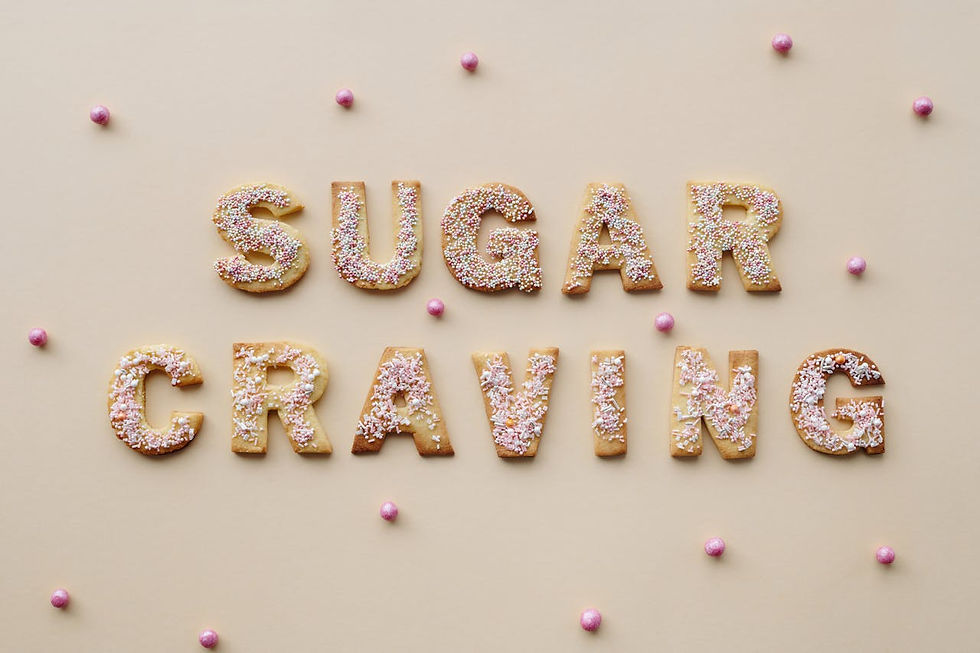THE DIRTY DOZEN & THE CLEAN 15 - A GUIDE TO PESTICIDES IN PRODUCE
- Christine Youssef
- Dec 29, 2017
- 1 min read

The Environmental Working Group (EWG) is a US based group that collates a list of fruits and vegetables that have the most and least pesticide residues.
You can lower your pesticide intake substantially by avoiding the 12 most contaminated fruits and vegetables (the Dirty Dozen) and eating the least contaminated produce (the Clean 15). Although this list is based on US produce (as far as I'm aware there is no corresponding list for Australian produce), it is the closest thing we have to providing consumers with pesticide residue information. It is likely to be a similar situation here for most, if not all, the foods listed.
The Dirty Dozen includes:
Apples, Celery, Capsicum, Peaches, Strawberries, Nectarines (imported), Grapes, Spinach, Lettuce, Cucumbers, Blueberries and Potatoes.
The Clean 15:
Onions, Sweet corn, Pineapples, Avocado, Cabbage, Sweet peas, Asparagus, Mangoes, Eggplant, Kiwi, Rockmelon, Sweet potatoes, Grapefruit, Watermelon and Mushrooms.
So your choice is either to avoid the Dirty Dozen as much as possible or purchase them organic! There is some benefit in washing them well, scrubbing the skin, and/or peeling if possible. If organic fruit and vegetable produce is restrictive either due to availability or price, then I suggest people try to go organic with their animal food intake as fat tissue concentrates toxins. Some foods can be grown fairly easily in a small home garden such as spinach and lettuce, so that is also an option to buying organic.




Comments